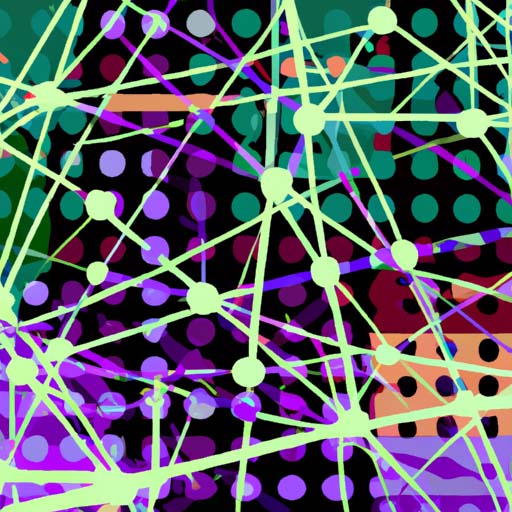Face recognition technology is the latest form of biometric surveillance that uses unique physical features to identify individuals. It follows a long history of surveillance and control based on physical characteristics. The technology works by converting captured faces into a series of unique data points which are then compared against data points drawn from images already in the system. As the technology improves, its effectiveness as a means of surveillance becomes more pronounced.
However, there are concerns about the accuracy and biases of face recognition technology. Studies have found that the technology misidentifies black and Asian people at higher rates than white people. This leads to false positives and can disproportionately target certain communities. While there have been improvements in reducing false positives, the biases remain embedded in the system.
Face recognition software is part of a long history of tracking and sorting systems, rooted in the belief that bodily features offer a unique index to character and identity. Early applications included anthropometry, fingerprinting, and iris or retinal scans. These systems were used for criminal justice detection and record-keeping. The introduction of photos into passports in the early 20th century further solidified the relationship between face recognition and border control.
The expansion of face recognition technology has led to comprehensive systems of surveillance and tracking. Private companies have adopted the technology for profit, using personal data to create databases. This invasion of privacy extends to everyone, with particular attention paid to those deemed to be the greatest risk by society and its structural biases.
